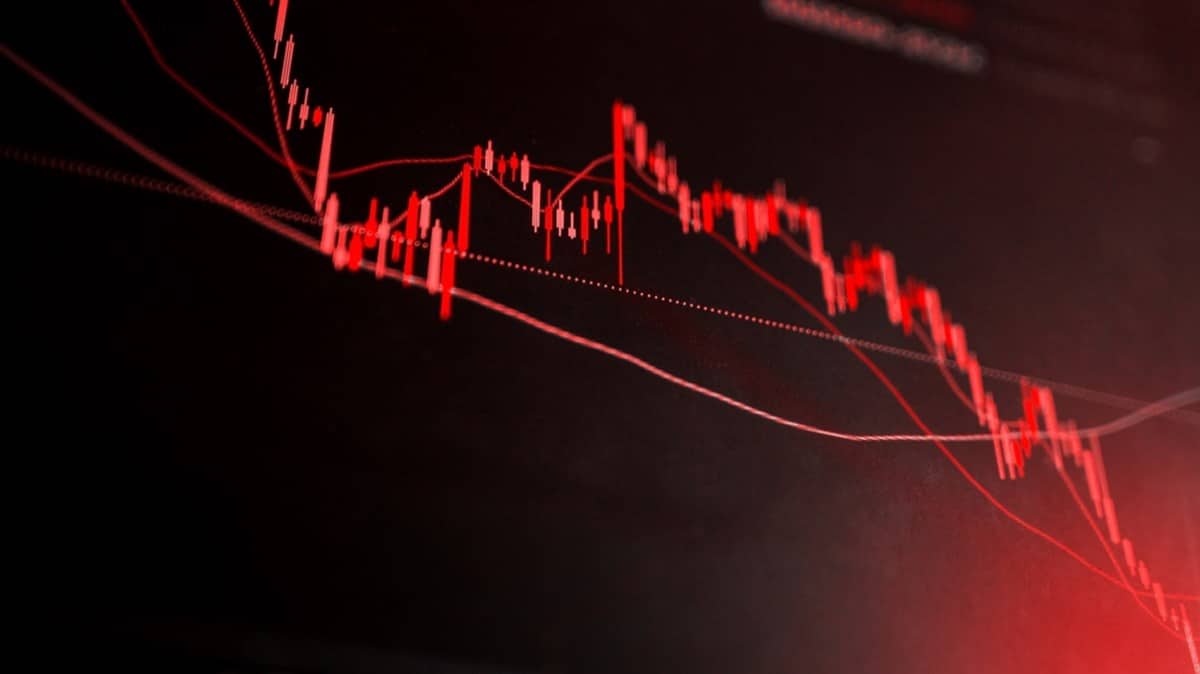 CaryptosHeadlines Media Has Launched Its Native Token CHT.
Airdrop Is Live For Everyone, Claim Instant 5000 CHT Tokens Worth Of $50 USDT.
Join the Airdrop at the official website,
CryptosHeadlinesToken.com
CaryptosHeadlines Media Has Launched Its Native Token CHT.
Airdrop Is Live For Everyone, Claim Instant 5000 CHT Tokens Worth Of $50 USDT.
Join the Airdrop at the official website,
CryptosHeadlinesToken.com
- Charles Hoskinson envisions Cardano powering U.S. elections, requiring ADA for system payments.
- Trump’s crypto reserve plan sparks debate, with ADA among selected assets for potential government use.
Cardano founder Charles Hoskinson has speculated about the possibility of the U.S. government using the Cardano network to run national elections. This statement has drawn attention within the crypto community, even though no official plans are in place.
The comments were made during a podcast appearance where he also addressed concerns about the Trump administration’s crypto policies. While the idea remains hypothetical, it has generated considerable discussion on platforms like X.
ADA for Elections: A Hypothetical Scenario
In a short 18-second video clip circulating online, Hoskinson suggested a scenario where the U.S. government might use Cardano to conduct elections. He stated that this would require the government to accumulate ADA—not for investment, but to pay for the infrastructure and services needed for an election system built on the Cardano blockchain.
JUST IN: Charles Hoskinson says “if the US government was building a blockchain solution, let’s say they chose #Cardano to run elections, then you’re stockpiling $ADA to maintain the fuel to pay for your election system—a different consideration than a speculative interest.” pic.twitter.com/363Vx7cbZy
— Angry Crypto Show (@angrycryptoshow) March 27, 2025
Hoskinson’s statement came during a March 27 episode of the Gokhstein Media podcast. The discussion revolved around the growing intersection of blockchain technology and government functions.
The context of his remark was a broader conversation about potential government use cases for cryptocurrencies and blockchain networks, with Cardano being one of the candidates.
Trump’s Crypto Reserve Push and Cardano’s Mention
As reported by ETHNews, President Donald Trump posted on Truth Social that a U.S. crypto strategic reserve would include assets like XRP, SOL, and ADA. The announcement caused a flurry of excitement across crypto markets.
However, it also raised concerns among analysts and project leaders who questioned whether the government was showing favoritism by selecting specific assets. Days after the social media posts, Trump signed an executive order to establish a Bitcoin-only reserve, as well as a digital asset stockpile sourced from seized assets.
As discussed earlier, the order clarified that while the government would explore adding to the Bitcoin reserve, it would not actively expand the digital asset stockpile. This created mixed messaging within the industry, with confusion about how the reserves would be structured and managed.
Hoskinson addressed this confusion during his podcast appearance, suggesting an alternative approach. He proposed that the administration should start by focusing on Bitcoin.
Regulatory Outlook and ADA Price Activity
Hoskinson also shared his views on upcoming legislative efforts. Based on his conversations with lawmakers at the DC Blockchain Summit, he believes a stablecoin bill could pass within three months.
He added that a market structure bill might follow by August 2025. These developments could provide more regulatory clarity for blockchain projects like Cardano.
Meanwhile, ADA’s market activity has remained relatively stable. As of the latest data, Cardano is trading at $0.73, reflecting a slight 1% decline over 24 hours. However, the token has gained 7% over the past month, maintaining a consistent trading range.

Analysts note that ADA is approaching resistance at $0.76, as highlighted in our recent analysis. A breakout above this level could push the price toward $0.80, although the market remains in a consolidation phase.
Despite a 4.26% drop in market capitalization, Cardano’s limited supply is seen as a potential driver for future demand if sentiment shifts.













